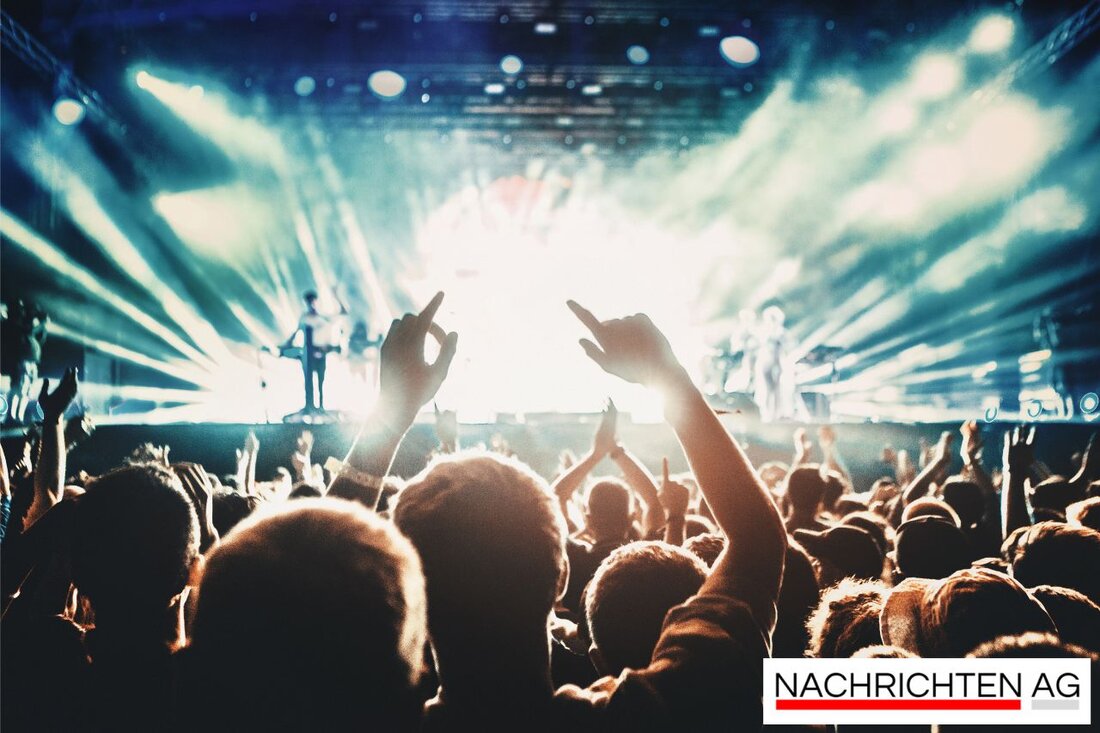Art in reconstruction: How Germany restarted after 1945

Art in reconstruction: How Germany restarted after 1945
After the end of World War II, the hunger for culture in Berlin was particularly pronounced. An improvised concert by the Berlin symphonists took place three weeks after the liberation. While the concert houses, cinemas and theater quickly filled up, the visual art was more difficult to build on the time before National Socialism. In 1937, the National Socialists banned works by the avant -garde from public collections, which made it difficult to revive the art scene after 1945. Many museums were destroyed, so that significant works had to be brought back with difficulty. In addition, museums had to be “cleaned” by National Socialist relics. Hanna Hofmann-Stirnemann reported that months after the end of the war, smaller museums had to be freed from militaristic stocks to build up a new art scene. The first art exhibitions were organized from summer 1945, with Emil Stumpp’s works presented in the Berlin-Wilmersdorf art office in June 1945.
The challenges of the post -war period also shaped the first exhibition "after 12 years" by Hans Uhlmann in Berlin's Kamillenstraße. On August 2, 1945, the Gerd Rosen gallery opened its first exhibition, followed by a presentation of an ostracized artist in Überlingen in October 1945. These exhibitions included important works by artists such as Willi Baumeister, Max Beckmann and Paul Klee and should symbolize a renaissance of artistic freedom.
The struggle for modern art
The first exhibitions of modern art led to controversy, especially about the “loss of the middle” in art. At these exhibitions, Walter Müller-Wulckow found the apperception difficulties of the visitors, while Willi Baumeister warned in 1946 to present new pictures because the audience was unprepared. Critics like Erich Kästner commented negatively about the exhibition "Modern Paintings/Painter of the Present I" in Augsburg and noticed that very few modern pictures were preferred by the audience.
With the founding of the Federal Republic of Germany and the GDR in 1949 and the beginning of the East-West conflict, art was increasingly exploited for political purposes. In the west, a debate about abstract art dominated as a new formal language, while in the east a strict control by the government shaped the art scene. Artists who worked in the GDR were only allowed to be successful if they corresponded to socialist realism, which meant that many artists either left the GDR or worked in hidden.
a differentiated look at the post -war period
The first general German art exhibition in Dresden 1946 was supposed to combine works of art from all occupying zones, but the choice of art was strongly shaped by anti -Semitic and anti -communist attitudes. For the first time, art historians such as Hans Gerhard Evers and Werner Habtmann discussed the diverse currents and the disharmony in post -war art. The role of art as part of the Allied's reeducation program was discussed on the democratization of Germany. At the same time, questions about the presentation and interpretation of works of art remained open decades later, which led to a differentiated view of the art exhibitions of that time.
As the development of the post -war period shows, the West German art scene reflected the variety of democracy and was based on creative currents from the USA and France. This new direction, the Informel or informal art, was considered an important step towards delimiting the Hitler dictatorship, which had rejected modern art. West German art historians and museums promoted the Informel and consolidated it to the most important art direction of the post -war period.
| Details | |
|---|---|
| Ort | Berlin, Deutschland |
| Quellen | |
